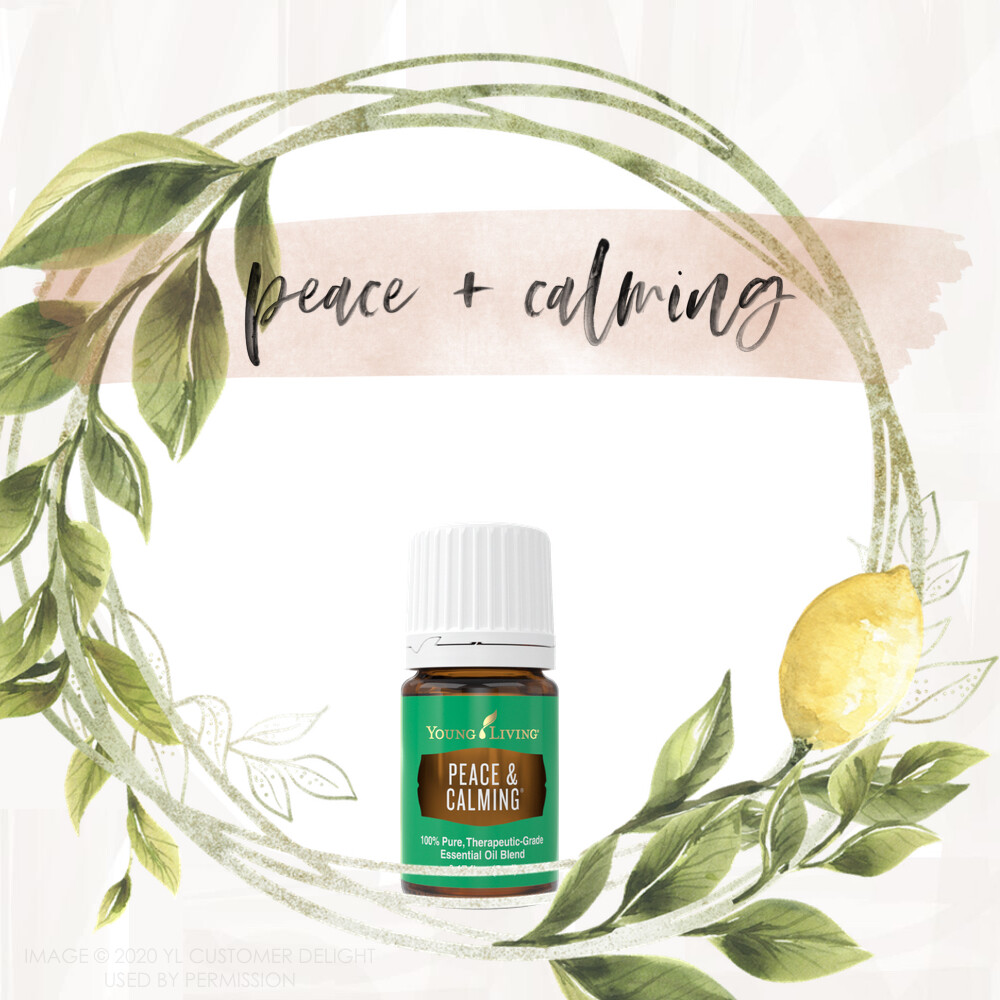
5 ML PEACE & CALMING - FREE WITH 190 PV ER ORDER
Peace & Calming® essential oil is a gentle, sweet blend of Ylang Ylang, Orange, Tangerine, Patchouli, and Blue Tansy. This fragrant oil is a wonderful addition to your meditation, evening routine, or playtime with the kids. With a comforting, fresh aroma, Peace & Calming oil creates a relaxing environment that’s especially great for homes with children. You’ll love that you can use this oil for you children’s bedtime and then for yourself for a moment of quiet after the house has settled down.HISTORICAL USES OF YLANG YLANG
Historically, Ylang Ylang has been used in both the East and the West. In the Philippines, where the flowers grow naturally, ancient healers would make salves and ointments to treat cuts, burns, and insect and snake bites. In the Molucca Islands, people first used the oil as the main ingredient in Macassar oil, a hair pomade that later became popular in Victorian England. In Indonesia, the flowers are spread on the bed of newlywed couples as they are considered to be an aphrodisiac. Ylang Ylang was thought to be an ideal plant to use for PMS.
HISTORICAL USES OF ORANGE PEEL
People have used citrus fruits as a source of medicines for thousands of years. Herbalists have used the rinds as medicine for numerous maladies throughout history.
For hundreds of years, herbalists have used citrus peel to improve digestion, relieve intestinal gas and bloating, and resolve phlegm. This peel acts primarily on the digestive and respiratory systems.
HISTORICAL USES OF PATCHOULI
Patchouli herb has historically been used in the major medical systems of the world. Traditional Chinese and Ayurveda healers prescribed patchouli for both external and internal use treatments for colds, nausea, diarrhea, headaches, and fever. In India, patchouli leaves were historically used as an insect repellent. Patchouli was thought to be both cleansing and fortifying to the skin and was commonly used to help reduce oil on the skin.
HISTORICAL USES OF TANSY
Tansy has a long history of use. It was first recorded as being cultivated by the ancient Greeks for medicinal purposes. In the 8th century AD, it was grown in the herb gardens of Charlemagne and by Benedictine monks of the Swiss monastery of Saint Gall. Tansy was used to treat intestinal worms, rheumatism, digestive problems, fevers, and sores.
During the Middle Ages and later tansy was used to help women conceive and to prevent miscarriages. In the 15th century, Christians began serving tansy with Lenten meals because it was thought to have the added Lenten benefits of controlling flatulence brought on by days of eating fish and pulses.
Tansy was used as a face wash and was reported to lighten and purify the skin. In the 19th century, Irish folklore suggested that bathing in a solution of tansy and salts would cure joint pain.
Today, tansy is still a component of some medicines and is listed by the United States Pharmacopeia as a treatment for fevers, feverish colds, and jaundice.
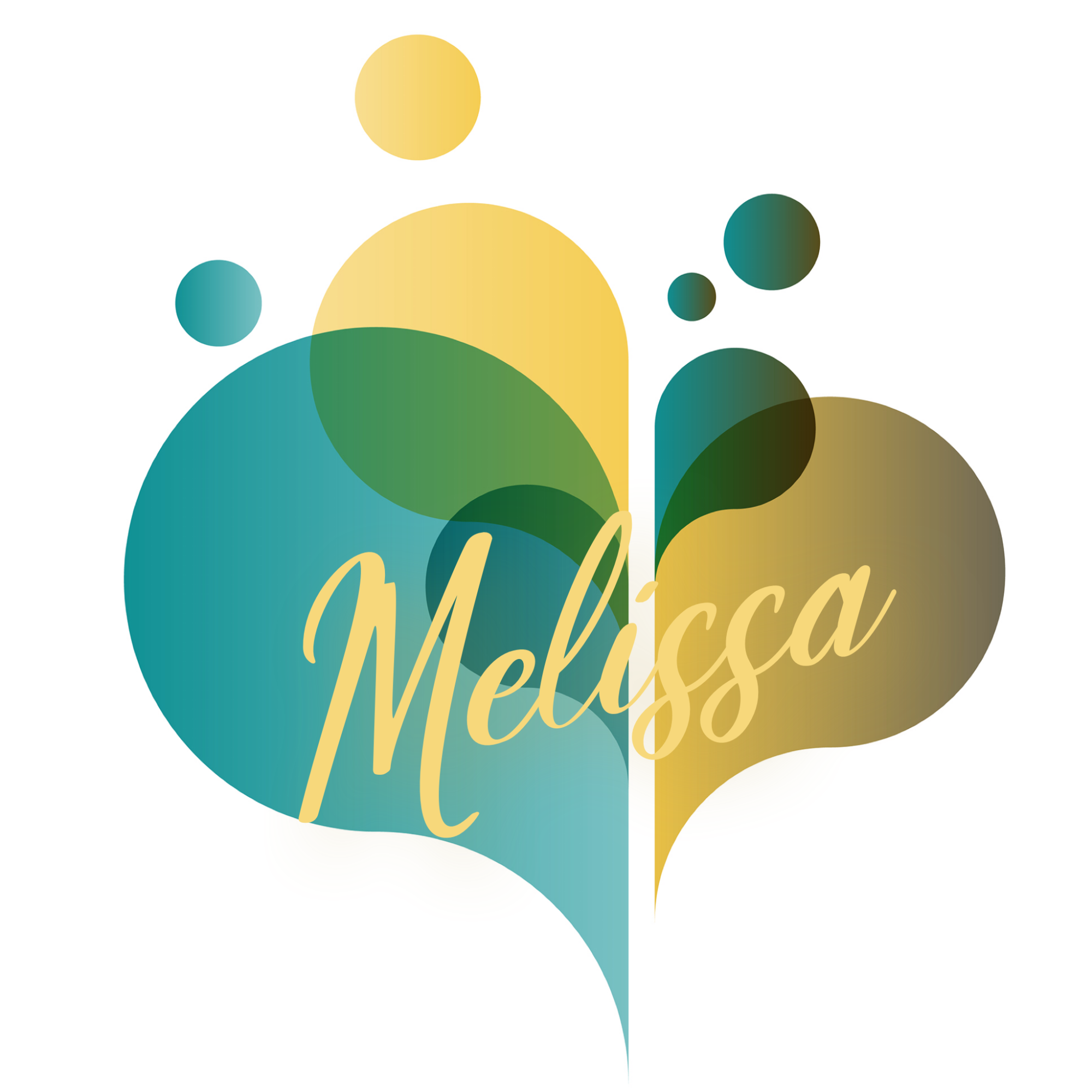


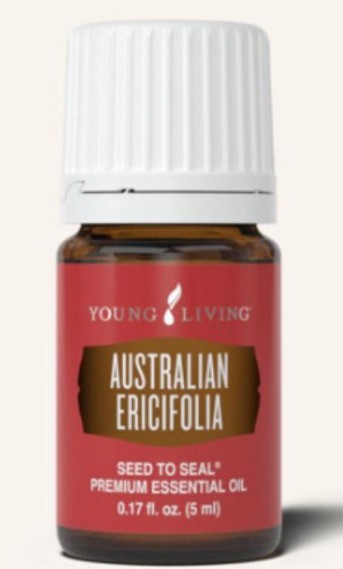



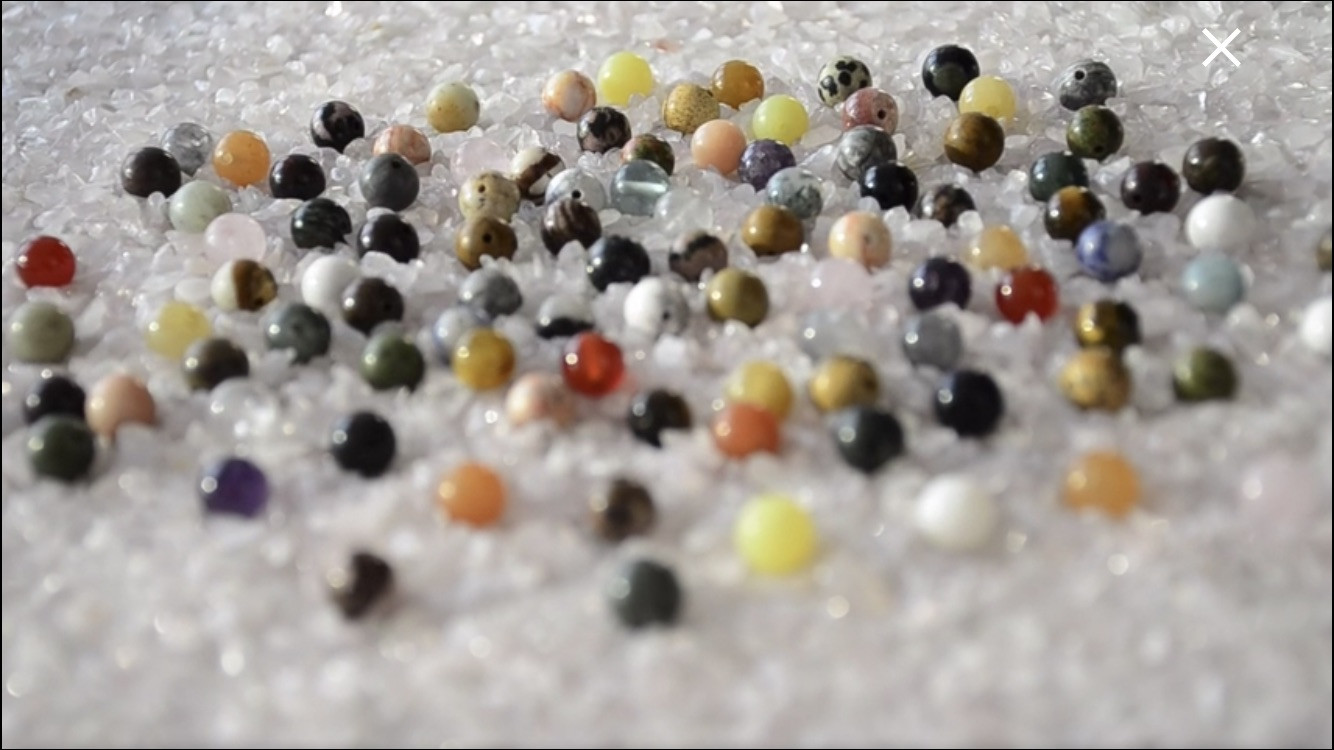


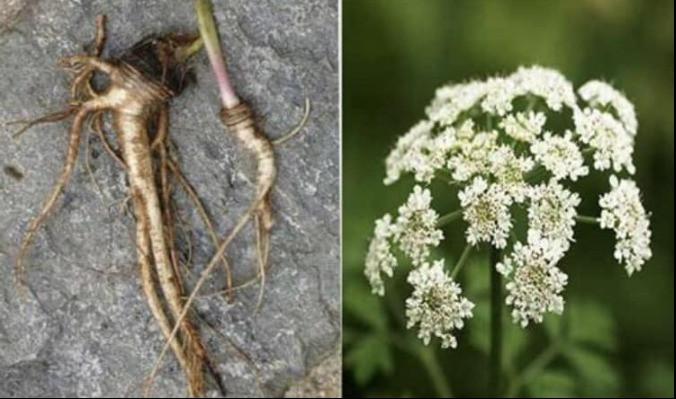
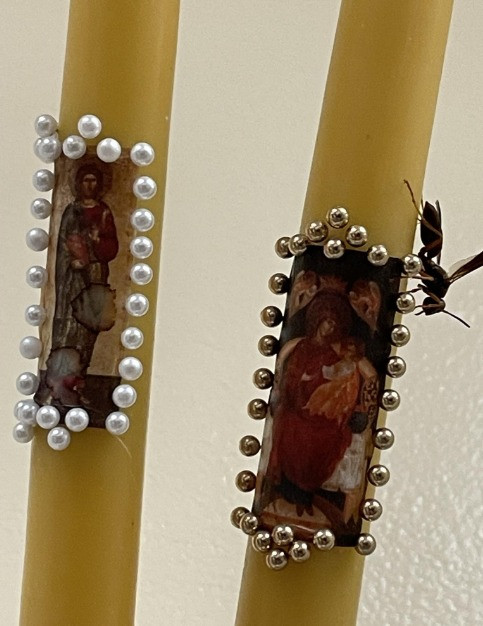


0 Comments